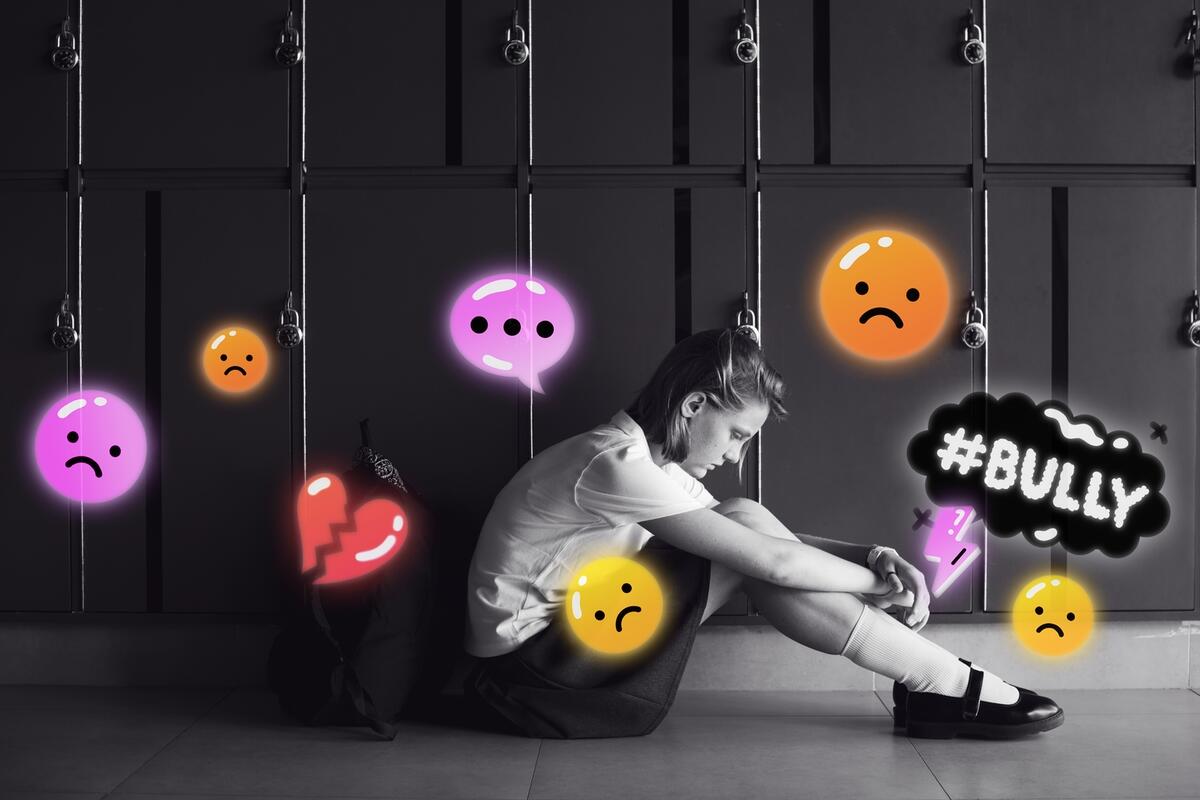Bullying
Bullying is exposing a person to abusive actions repeatedly over time. Being aware of children's teasing and acknowledging injured feelings are always important. Bullying becomes a concern when hurtful or aggressive behavior toward an individual or group appears to be unprovoked, intentional, and (usually) repeated.
Bullying is a form of violence. It involves a real or perceived imbalance of power, with the more powerful child or group attacking those who are less powerful. Bullying may be physical (hitting, kicking, spitting, pushing), verbal (taunting, malicious teasing, name calling, threatening), or emotional (spreading rumors, manipulating social relationships, extorting, or intimidating). Bullying can occur face-to-face or in the online world.
Bullying is also one or more acts by a pupil or group of pupils directed against another pupil that constitutes sexual harassment, hate violence, or severe or pervasive intentional harassment, threats, or intimidation that is disruptive, causes disorder, and invades the rights of others by creating an intimidating or hostile educational environment, and includes acts that are committed personally or by means of an electronic act, as defined.
An "electronic act" is defined as transmission of a communication, including, but not limited to, a message, text, sound, or image by means of an electronic devise, including but not limited to, a telephone, wireless telephone or other wireless communication device, computer, or pager.

What do bullies do?
Bullying actions may be direct or indirect.
Direct bullying or identifiable bullying actions may include:
Hitting, tripping, shoving, pinching, and excessive tickling
Verbal threats, name calling, racial slurs, and insults
Demanding money, property, or some service to be performed
Acts of increased physical violence
Indirect bullying may be more difficult to detect and may include:
Rejecting, excluding, or isolating target(s)
Humiliating target(s) in front of friends
Manipulating friends and relationships
Sending hurtful or threatening e-mail or writing notes
Blackmailing, terrorizing, or posing dangerous dares
Developing a Web site devoted to taunting, ranking, or degrading a target and inviting others to join in posting humiliating notes or messages.
Do both boys and girls bully?
Yes. Typically, boys are direct and more physical while girls bully in more indirect ways. Some bullies use both direct and indirect strategies. Ultimately, it is important to the bully to be able to choose methods that produce the most success.
Although bullying among youths involves both bullies and targets of bullying, some students can be both a target and a bully at the same time. School districts must recognize bullying and develop policies that discourage such behavior and establish the consequences for students who bully at school. Everyone at the school, including parents, must understand that bullying is harmful and must take responsibility to recognize and stop bullying when it happens.

.jpg)



